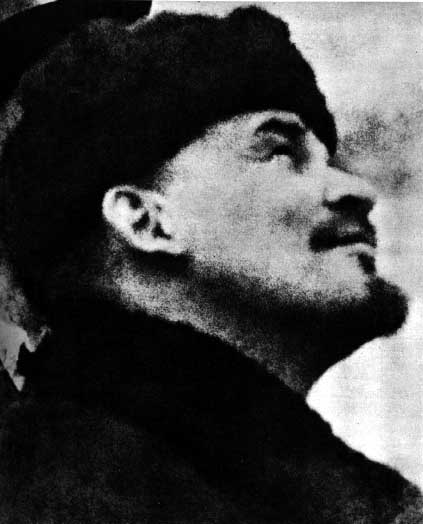Course on Anti-Imperialism, War and Peace, Part
2b
Genesis of the NDR
The Hammer
and Sickle emblem of the communists was invented in Russia in 1917. It is a
symbol of class alliance between two distinct classes: proletarian workers, and
peasants.
Peasants
often work hard and they are often poor, but they are not the same as the
working proletariat of the towns. Nor are they the same as the rural
proletariat. So the hammer and the sickle are not two identical things. They
represent two different things, allied.
Practical
politics is always a matter of alliance, and in different circumstances,
different alliances are called for. Communists commonly regard an alliance
between workers and peasants as normal. Proletarian parties have likewise, in
the past, often attempted class alliances with (other) parts of the bourgeoisie
against feudalism, or against colonialism.
Alliances
are normal and necessary, in order to isolate and thereby to defeat an
adversary, and equally, to avoid being isolated and defeated by that adversary.
Therefore, the question of the appropriate alliances in the anti-colonial and
anti-Imperialist struggle was bound to arise.
The origin
of the specific type of class alliance that is nowadays referred to by the term
National Democratic Revolution can
be precisely located in the Second Congress of the Communist International
(2CCI), in the discussion in the Commission on the National and Colonial
Question, reported to the plenary by V. I. Lenin on 26 July 1920 (attached).
The first, founding
Congress of the Communist International (“Comintern”) had taken place in March,
1919, a little over a year after the October 1917 Russian Revolution. It
fulfilled the tenth of Lenin’s “April Theses”: “We must take the initiative in creating a revolutionary International”.
The very first
“International Working Men’s Association”, of which Karl Marx had been a
founder member in 1864, had been disbanded in 1871 after the fall of the Paris
Commune.
The Second
International fell apart in 1914, when most of the Social-Democratic workers’
parties backed the bourgeois masters of war in the conflict between the
Imperialist powers.
The
communists, led by Lenin, had held out against that betrayal. After the
revolutionary victory in Russia they lost very little time before
constructing a Third, Communist International. It was naturally and explicitly
anti-Imperial and anti-colonial and decisevely so at its Second Congress (the
“2CCI”) in 1920.
In his
report to the 2CCI on the National and Colonial Question, Lenin says: “We
have discussed whether it would be right or wrong, in principle and in theory,
to state that the Communist International and the Communist parties must
support the bourgeois-democratic movement in backward countries. As a result of
our discussion, we have arrived at the unanimous decision to speak of the national-revolutionary movement rather
than of the ‘bourgeois-democratic’ movement. It is beyond doubt that any
national movement can only be a bourgeois-democratic movement, since the
overwhelming mass of the population in the backward countries consist of peasants who represent bourgeois-capitalist
relationships… However, the objections have been raised that, if we speak
of the bourgeois-democratic movement, we shall be obliterating all distinctions
between the reformist and the revolutionary movements. Yet that distinction has
been very clearly revealed of late in the backward and colonial countries…”
Here we
find, for the first time, all the makings of the NDR, including the name, even
if the words are not quite in their present-day order. Lenin calls it
“national-revolutionary”, but he makes it very clear that he is talking of a
democratic class alliance with anti-colonial, anti-Imperialist elements of the
national bourgeoisie in colonial countries.
The 2CCI
was followed within two months by the famous “Congress of the Peoples
of the East”, in Baku, in the southern part of what was soon to
become the Soviet Union. This was the first international anti-colonial
conference. It had huge consequences. The remainder of the 20th
century was marked by world-wide National Democratic Revolutions according to
the pattern set by Lenin and his international comrades.
These National Democratic
Revolutions included, and still include, the South African NDR.












